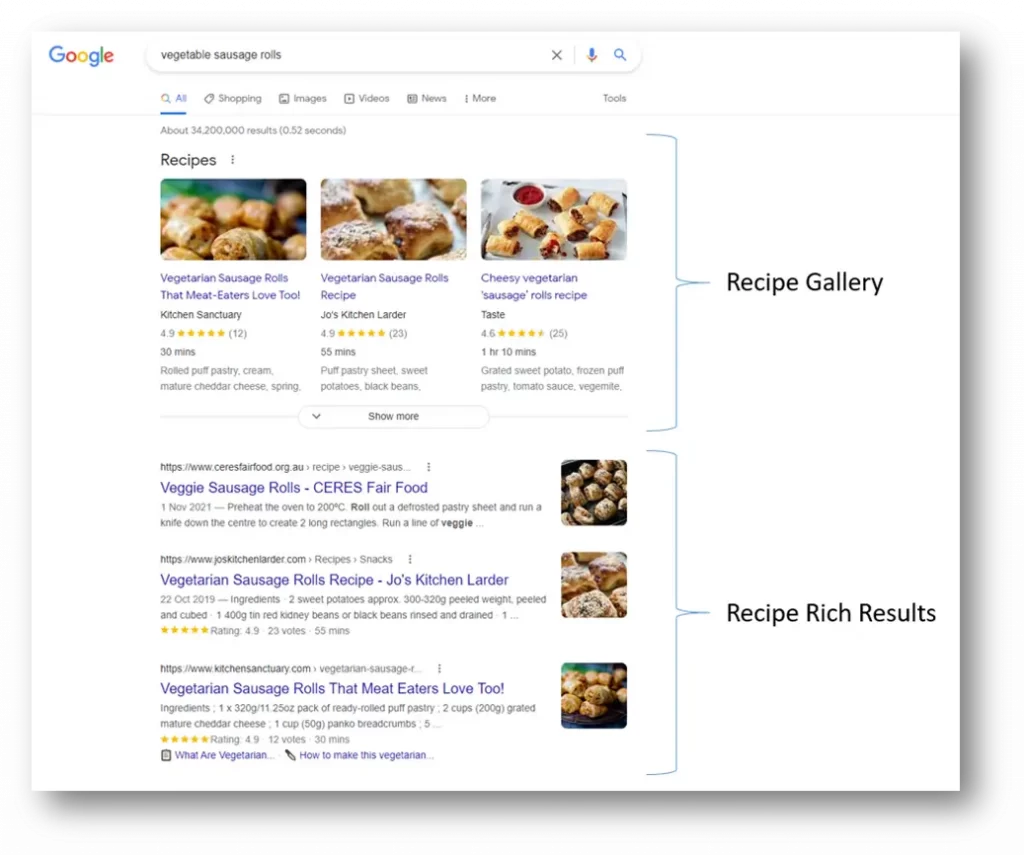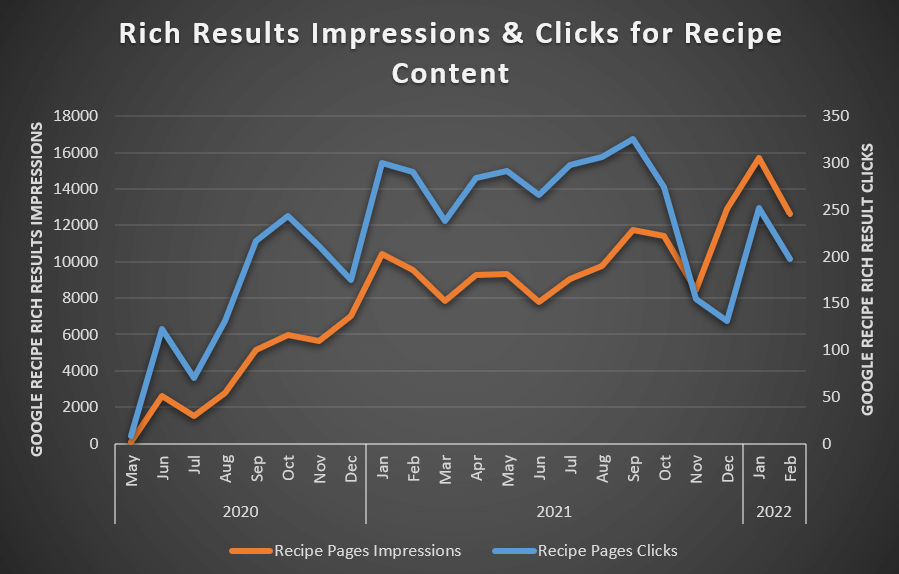This case study originally appeared on the Spark Foundry blog.
Websites operating in highly regulated industries can sometimes provide difficult tasks for SEOs to drive results. Often there will be legal and compliance blockers to traditional on-site and content solutions that would deliver improved organic performance.
So it’s up to us to identify more creative tactics and strategies that will drive SEO performance, whilst ticking all the boxes for each stakeholder and helping clients meet their objectives.
This applies to range of verticals, most commonly seen in the financial services sector, and was recently encountered for a client operating in the baby food industry – an exceptionally highly regulated industry due to the health and safety implications that misinformation could cause.
The Brand’s Challenge
The client, in this case baby food manufacturer Rafferty’s Garden, wanted me to help them grow their visibility in Google Search which in turn helps grow their market share and align with improving brand tracking metrics, such as share of search, awareness, consideration and purchase intent.
However, there were two caveats to this objective:
1) There was no budget to be visible in Paid Search (where retailers and competitors have relatively high investment and bid on the Rafferty’s brand terms), so we needed to solely rely on Organic Search for visibility
2) The client had no capacity to implement a content-led SEO strategy, so we had to work with the website and its content as is
Compounding the need for additional digital visibility was a recent website redesign and brand refresh, which saw the amount of content pages trimmed by ~80%, and therefore Organic traffic reduce by 27%.
Success could not be measured by traditional analytical metrics such as lead capture or revenue as the website is for an FMCG (Fast Moving Consumer Goods – also known as CPG, or Consumer Packaged Goods) brand. There is no conversion point, or proxy conversion point, therefore we used the organic reporting metrics of impressions and clicks from Google Search Console to measure the impact of our work.
The SEO Insight
A review of the baby food keyword search landscape revealed many parents look to make their child’s meals from scratch – rather than relying solely on ready-made baby food pots or pouches.
Parents want to ensure they know what they’re feeding their child, focusing on an organic, nutritious and beneficial diet.
This extended to all meal types: breakfast, lunch, dinner, snacks and desserts.
During the website redesign and refresh, the majority of baby food recipe pages were transitioned, which helped us on two fronts:
1) We didn’t have to request any resource from the client to create additional recipe content, which is more expensive as it requires specialist input and professional photography
2) Every recipe utilised the product in some form – which aided the brand recognition and visibility objectives which we hoped would translate to action at the shelf at the retailers.
This meant we had a good baseline of useful content and the brand authority to match searcher and audience intent to drive search visibility, search visitation and hopefully brand advocacy.
The Schema Markup Solution
We created a technical solution to allow the client’s website to appear in special Google search result features called “Rich Results”. You can see a range of Rich Results on the Google Rich Results Search Gallery.
For recipes, this is specifically called the “Recipe Gallery”, however there are also “Recipe Rich Results” which this solution enabled the client to be eligible for also.
An example of these types of results can be seen below:

Recipe Rich Results are still tied to traditional Organic Search keyword rankings and rely on having an already-strong keyword presence to have a Recipe Rich Result show (i.e. be on the first page of Google for a keyword search). However, the dominance of recipe-specific and highly trusted recipe websites (like Taste and Kidspot) meant that competing in the Organic Search keyword rankings for recipe keywords was a long-term strategy, and not something that could be achieved for immediate results.
Recipe Gallery results, however, are not part of the traditional Organic Search keyword rankings. A website can therefore be eligible to appear in these results (which appear above normal Organic Search results) by utilising a coding framework to help Google understand the content and context.
By implementing Recipe Schema, or Structured Data, (Schema Markup), on each of the recipe pages (including information about nutrition, ingredients, step-by-step instructions, images and reviews), the client was then eligible to appear in both the Recipe Gallery and Recipe Rich Results rankings on Google Search for their respective and relevant keywords.
What is Structured Data and Schema Markup?
Structured Data is a standardised machine-readable language format for providing contextually relevant information to systems like Google. Schema Markup is a form of Structured Data that has multiple uses but is primarily used in the SEO world to improve a websites visibility in search results.
Schema Markup allows website owners to generate specific and unique code for their individual web pages to give Google and other search engines much more context about the information, content and topics covered on the page.
This in turn enables these pages and its content to be eligible to be showcased in special search results called “Rich Results”.
You can find out more about Structured Data and how search engines use it on Google’s Introduction to Structured Data blog.
Schema and Structured Data can also be a very useful tool to be incorporated into a small business SEO strategy – to leverage when playing in keyword categories that are highly competitive, but small businesses just doesn’t have the resources to compete from an overall SEO strategy perspective.
Final Word: The Results
The outcome of this work was an increased visibility and awareness of the brand within Google Search, leading to more website traffic and engaged site users for the brand.
There were over 176,000 incremental impressions and nearly 5,000 incremental engaged and qualified clicks for the recipe pages from the Recipe Gallery at a CPM and CPC of zero.
This would not have been achievable without this structured data solution, as the pages originally were not eligible to be shown in the Rich Results and they are operating in a highly competitive space.
Below you can see the chart for clicks and impressions over time.

Find out more about what digital marketing services I offer to small businesses in Australia:
Latest related SEO articles: